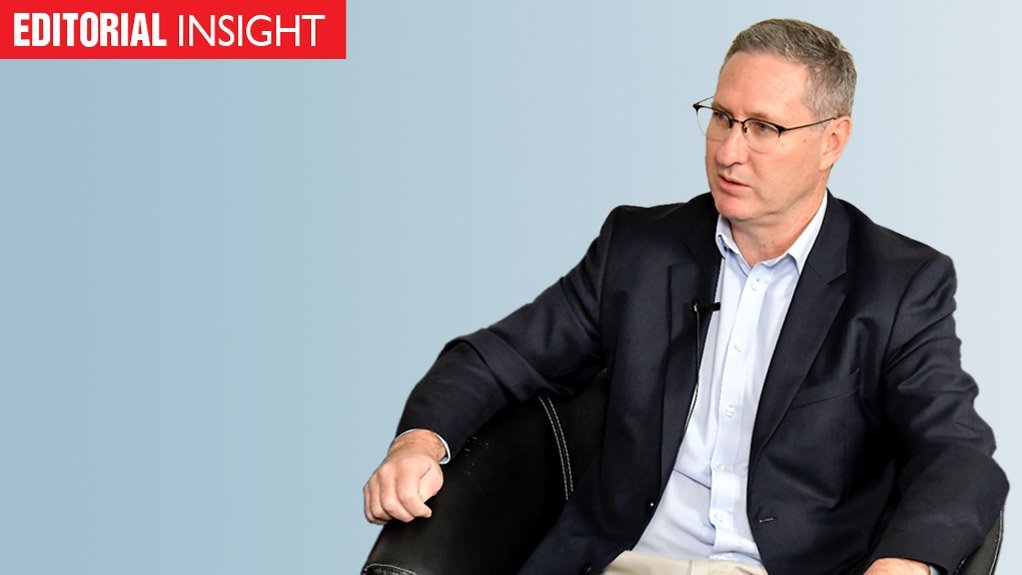Electricity and Energy Minister Dr Kgosientsho Ramokgopa is correct when he says South Africa’s electricity pricing policy is in need of review, including the approach being taken to set tariffs and to subsidise poor customers.
He is also correct in his assessment that there is a rising affordability crisis, which is undermining electricity access and fuelling the financially disastrous and life-threatening scourge of illegal connections.
The problem of how to support poor households is a long- standing one and was thrust into the limelight again recently by the protests in Johannesburg against the introduction of a R200 monthly surcharge on prepaid customers to cover City Power’s network and service costs.
This is a bigger problem, though, with the effectiveness of the current monthly 50 kWh free basic electricity (FBE) allowance continually being brought into question.
The allowance is currently too small to be effective in fighting poverty and is also only reaching two-million of the ten-million households theoretically eligible for the support. This, despite ongoing transfers to municipalities to cover their FBE costs, raising another set of questions about where the money is going.
There is also growing unhappiness about the implementation of load-reduction measures in areas where substations are at risk because of the overloading that typically accompanies illegal connections.
In announcing a review of the policy, the new Minister promised in-depth consultation with the South African Local Government Association, Eskom, the National Energy Regulator of South Africa (Nersa) and other stakeholders. This is vital, given that any change in policy will have far-reaching implications for the way electricity tariffs are set and how low-income households are supported.
What should be acknowledged upfront, though, is the journey towards a more sustainable electricity pricing policy will not be an easy one and that the road to hell is often paved by the best of intentions.
The pitfalls associated with creating a new dispensation that is fair to consumers, protects the most vulnerable and that is also financially sound are many and varied.
Adding to the complexity is that the electricity supply industry is on the backfoot already financially and is also struggling to adjust to necessary changes to both technology and market structure.
It is even more complex, given that South Africa’s tariffs, which have been rising at a pace that is both dramatic and traumatic for consumers, are arguably not yet at cost-reflective levels.
It should also not be forgotten that Nersa made a recent attempt at overhauling the prevailing multiyear price determination methodology for setting tariffs.
That effort had to be abandoned when it became clear that the proposed Electricity Price Determination Methodology Rules could not be implemented, given that these rules were not accompanied by a methodology let alone a formula that could be used to calculate a so-called unbundled tariff.
It’s far from clear how Ramokgopa hopes to navigate this fraught issue, and South Africans should, thus, not expect a remedy to emerge overnight.
EMAIL THIS ARTICLE SAVE THIS ARTICLE ARTICLE ENQUIRY
To subscribe email subscriptions@creamermedia.co.za or click here
To advertise email advertising@creamermedia.co.za or click here











